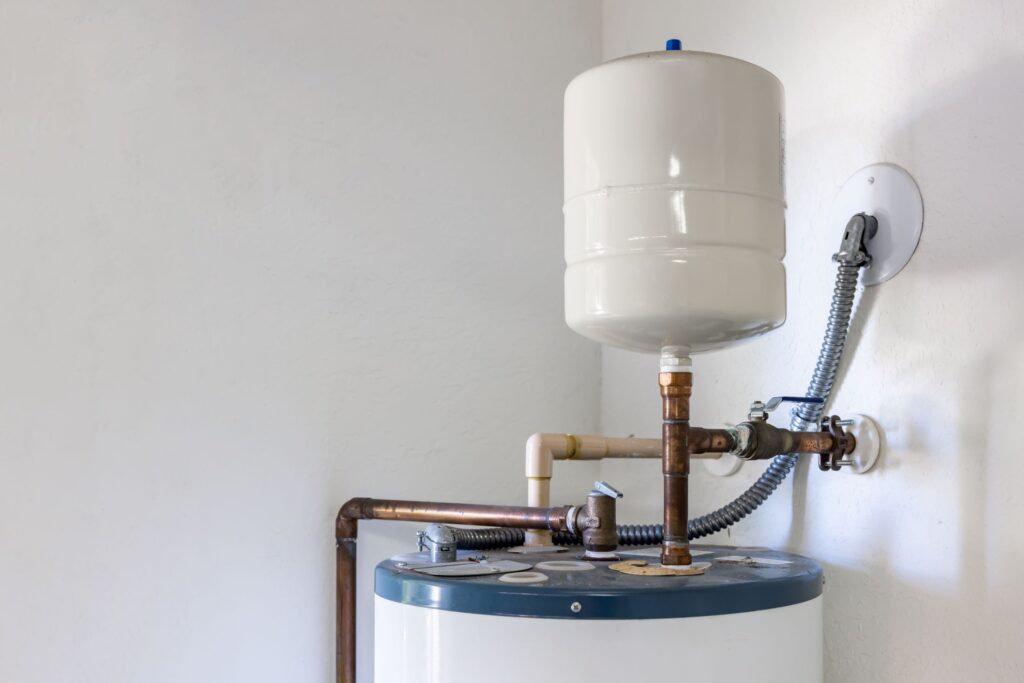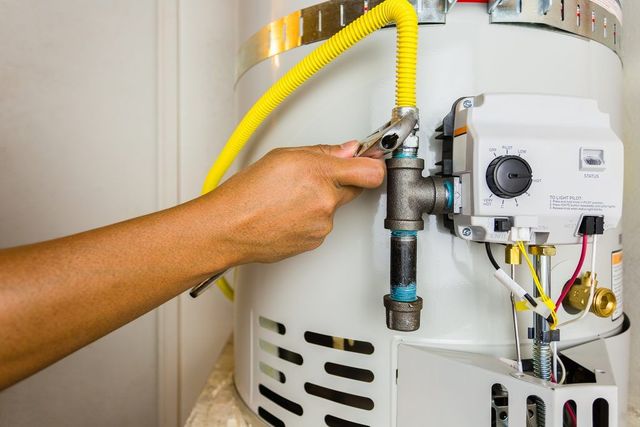Ensuring Longevity of Your Home's Hot Water System: Maintenance TipsSimple Steps to Maintaining Your Home's Hot Water System
Ensuring Longevity of Your Home's Hot Water System: Maintenance TipsSimple Steps to Maintaining Your Home's Hot Water System
Blog Article
How do you actually feel in relation to How to Maintain a Hot Water Heater in a Few Simple Steps?

Hot water is crucial for everyday convenience, whether it's for a refreshing shower or cleaning recipes. To guarantee your hot water system runs effectively and lasts much longer, regular maintenance is vital. This article supplies practical suggestions and understandings on how to maintain your home's warm water system to stay clear of disruptions and expensive fixings.
Intro
Maintaining your home's hot water system might seem overwhelming, yet with a few easy actions, you can ensure it operates efficiently for several years to come. This guide covers whatever from comprehending your warm water system to do it yourself maintenance suggestions and understanding when to call professional assistance.
Value of Keeping Your Hot Water System
Regular maintenance not only expands the life-span of your hot water system but likewise ensures it runs successfully. Disregarding upkeep can bring about decreased effectiveness, greater energy expenses, and also early failure of the system.
Indications Your Warm Water System Needs Maintenance
Recognizing when your warm water system needs interest can protect against major issues. Look out for indications such as irregular water temperature, unusual noises from the heating system, or corroded water.
Understanding Your Hot Water System
Before diving into maintenance jobs, it's helpful to understand the basic components of your hot water system. Typically, this includes the water heater itself, pipes, anode rods, and temperature level controls.
Month-to-month Upkeep Tasks
Routine regular monthly checks can assist catch minor issues before they rise.
Purging the Hot Water Heater
Purging your hot water heater eliminates sediment accumulation, improving efficiency and prolonging its life.
Monitoring and Changing Anode Rods
Anode poles stop rust inside the tank. Inspecting and changing them when broken is vital.
Checking and Changing Temperature Setups
Changing the temperature settings makes certain optimum efficiency and security.
DIY Tips for Upkeep
You can do a number of maintenance jobs on your own to keep your hot water system in leading problem.
Checking for Leakages
Consistently check pipes and connections for leakages, as these can cause water damage and greater expenses.
Checking Stress Relief Valves
Evaluating the pressure relief valve ensures it operates correctly and prevents too much stress buildup.
Shielding Pipes
Insulating hot water pipelines decreases warmth loss and can conserve power.
When to Call an Expert
While DIY upkeep is valuable, some concerns need specialist expertise.
Facility Issues Requiring Professional Aid
Examples include significant leakages, electrical troubles, or if your hot water heater is regularly underperforming.
Routine Specialist Maintenance Benefits
Specialist maintenance can include detailed evaluations, tune-ups, and making certain compliance with security criteria.
Conclusion
Routine upkeep of your home's hot water system is vital for performance, durability, and price savings. By complying with these pointers and knowing when to seek expert aid, you can guarantee a trusted supply of hot water without unforeseen disturbances.
Water Heater Maintenance Tips
Test the TPR Valve
Shut off the power and the cold-water supply valve. Place a bucket under the pipe connected to the temperature-pressure-release (TPR) valve on the top or side of the tank. (This valve opens if the tank pressure gets too high.) Lift the valve’s tab to let some water out, then let go. If water keeps flowing, drain the tank partway, unscrew the old valve with a pipe wrench, and install a new one. Check the Anode Rod
Put a hose to the tank’s drain cock and let out a few gallons of water. Now fit a 1 1/16-inch socket onto the rod’s hex head on top of the heater (or under its top plate) and unscrew the rod. If it’s less than ½ inch thick or coated with calcium, buy a new one, wrap its threads with Teflon tape, put it back in the tank, and tighten securely. Use this segmented rod if headroom above the tank is limited. Drain the Tank and Wash Out Sediment
Drain the remaining water in the tank into the bucket, then stir up the sediment on the tank’s bottom by briefly opening the cold-water supply valve. Drain and repeat until clean water comes out of the hose. Close the drain cock, refill the tank, and turn its power back on. Adjust the Temperature
Find the temperature dial on the side of the tank and unscrew its cover. Adjust the dial to 120 degrees using a flathead screwdriver. For every 10 degrees the temperature is lowered, you can expect to save up to 5 percent in energy costs. Turn the water heater off or the thermostat down to its lowest setting if you plan to be away from home for more than three days. Insulate the Pipes
Buy some self-sticking 3/8-inch-thick foam pipe insulation that matches the pipes’ diameter. Slide the foam over the hot-and cold-water pipes as far as you can reach. Insulating the cold-water pipe prevents condensation in summer. Peel the tape and squeeze the insulation closed. If the pipe is 6 inches or less from the flue, cover it with 1-inch-thick unfaced fiberglass pipe wrap. https://www.thisoldhouse.com/plumbing/21016402/how-to-maintain-a-water-heater

Do you appreciate reading up on Tips For Maintaining Your Hot Water Heater? Place a remark further down. We will be glad to listen to your opinion about this review. In hopes that you visit us again soon. Do you know about another individual who is intrigued by How to Maintain a Hot Water Heater in a Few Simple Steps? Do not hesitate to share it. Thanks a lot for taking the time to read it.
Call Today Report this page